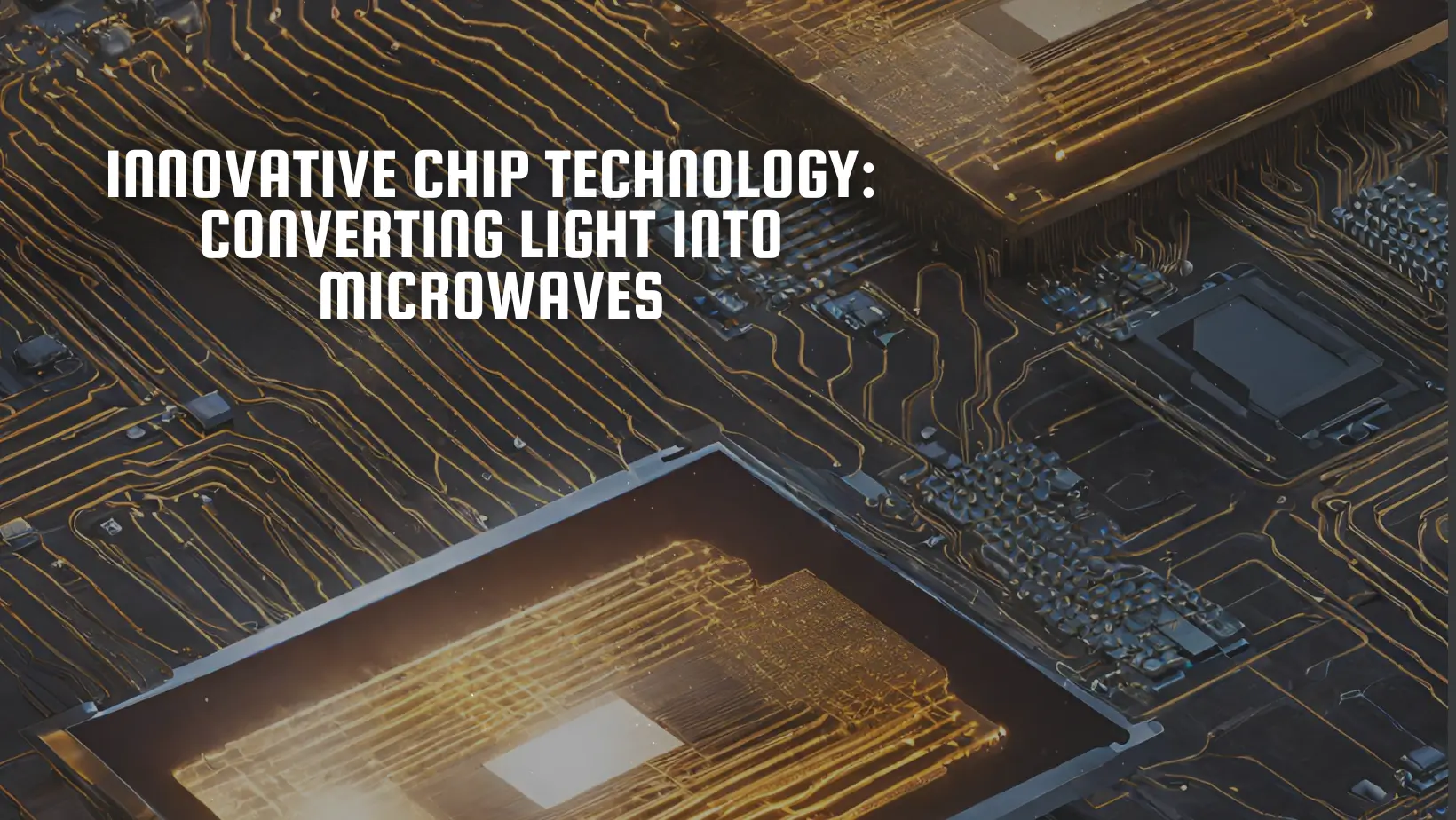Researchers from esteemed institutions including the US National Institute of Standards and Technology (NIST), the University of Colorado Boulder, the NASA Jet Propulsion Laboratory, the California Institute of Technology, the University of California Santa Barbara, the University of Virginia, and Yale University have achieved a groundbreaking feat in the field of technology. They have successfully developed a cutting-edge chip capable of converting light into microwaves, setting a new standard in precision and stability.
The remarkable feature of these chips lies in their ability to significantly reduce timing jitter to an astonishing 15 femtoseconds. This leap in efficiency translates to signals that are immensely more stable and precise. The implications of this development are far-reaching and hold the potential to enhance radar sensitivity, improve the accuracy of Analog-to-Digital Converters (ADCs), and heighten the clarity of astronomical images captured by interconnected telescopes.
What makes this achievement even more exceptional is the miniaturization of what was originally a bulky tabletop-size system into a compact chip resembling the size of a typical digital camera memory card. By shrinking this technology down to a smaller scale, researchers have not only made it more portable and convenient for various applications but have also managed to significantly reduce power usage. This advancement makes the technology more accessible for integration into everyday devices, paving the way for a future where improved precision and stability are key components of numerous technological advancements.
